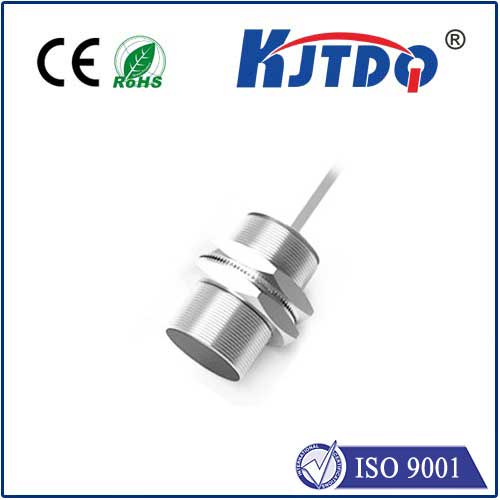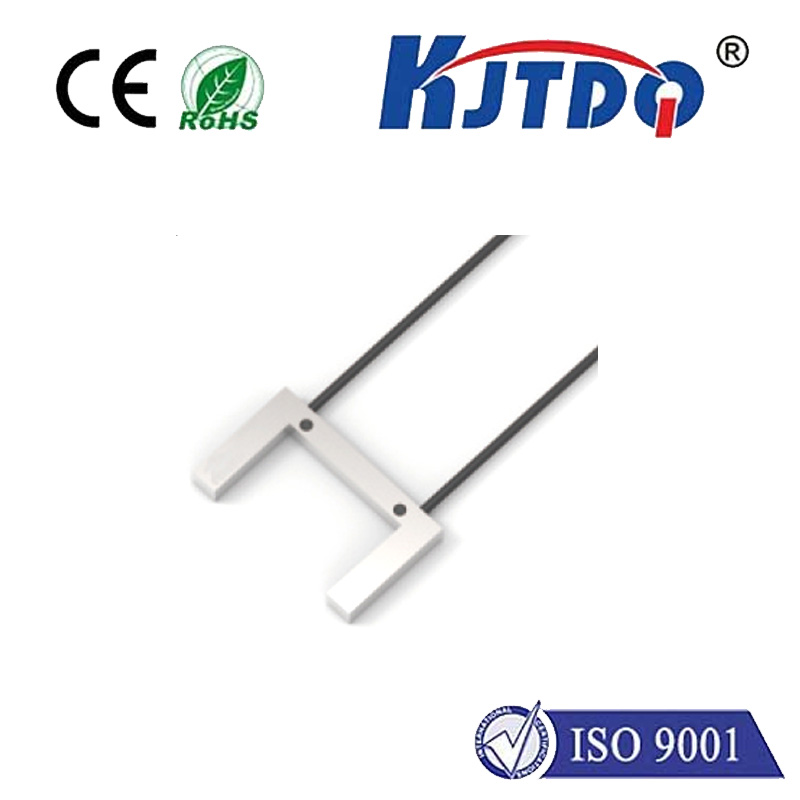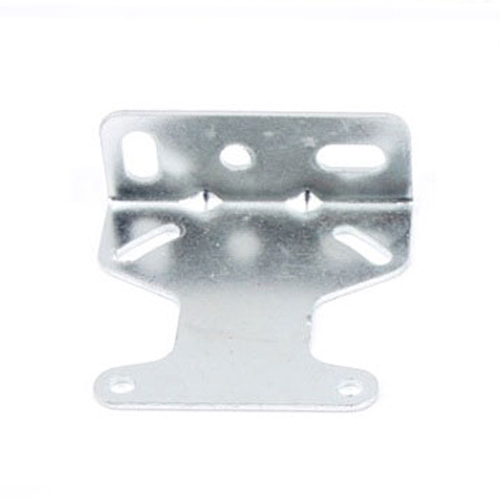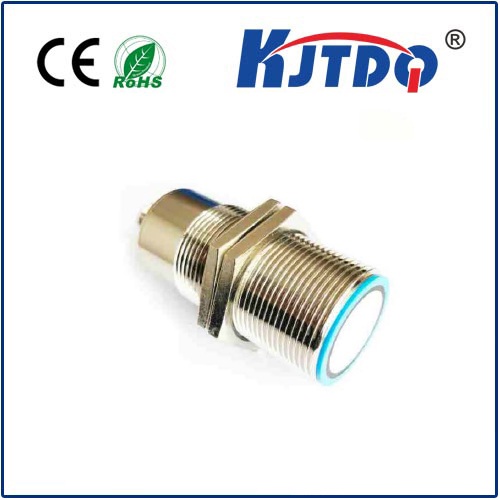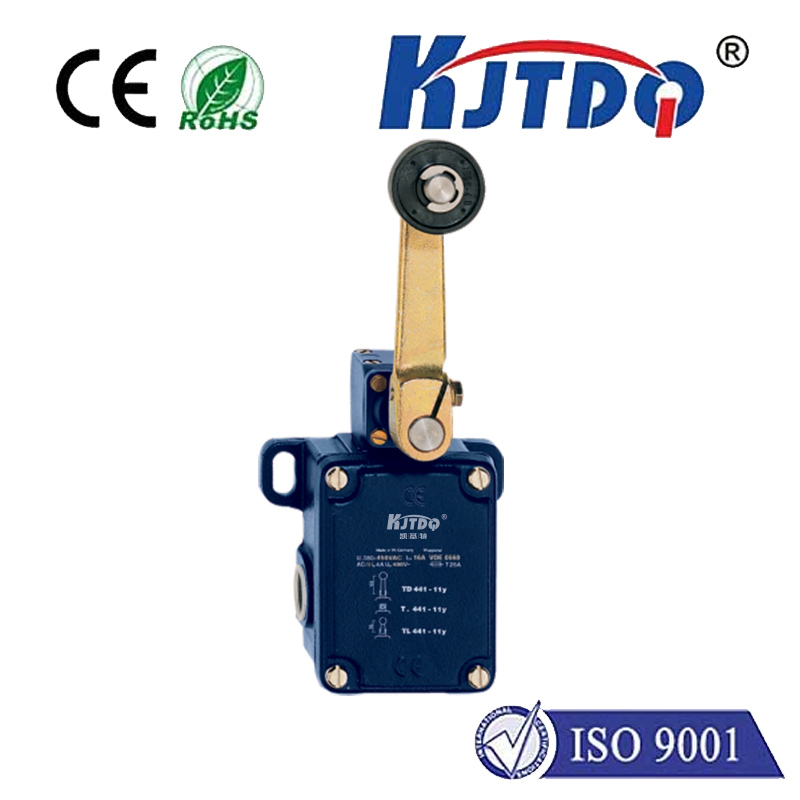диапазон датчиков конденсаторного приближения
- time:2025-09-05 16:41:55
- Нажмите:0
Unlocking the Secrets of Capacitive Proximity Sensor Range: What Engineers Need to Know
In a world increasingly driven by touchless interfaces and automated systems, capacitive proximity sensors have become ubiquitous, silently detecting objects without physical contact. From your smartphone screen awakening as you reach for it to sophisticated industrial machinery halting before a collision, these sensors provide crucial awareness. But a fundamental question always arises: how close must an object be for reliable detection? Understanding the диапазон датчиков конденсаторного приближения – the effective distance within which they operate – is paramount for successful application design and integration.
Unlike their optical or ultrasonic counterparts, capacitive sensors don’t rely on light or sound. Instead, they exploit the principle of capacitance – the ability of a system to store electrical charge. At the heart of the sensor lies an electrode. When an electrical charge is applied to this electrode, it creates a weak electrostatic field (the sensing field) projecting into the surrounding environment. This field is sensitive to changes caused by approaching objects.
- Conductive Targets (e.g., metals, human skin): These objects readily interact with the electrostatic field. As a conductor enters the sensing field, it effectively “steals” some of the electric field lines, acting as a virtual second plate of a capacitor. This change in the field strength causes a measurable change in capacitance between the sensor’s electrode and ground.
- Non-Conductive Targets (e.g., plastics, wood, liquids): While insulators don’t conduct electricity, they possess a dielectric constant different from air. Introducing a material with a higher dielectric constant into the sensing field increases the capacitance because the material can hold more charge, even without direct conduction. The degree of increase correlates directly with the material’s dielectric constant.
Key Factors Dictating Sensing Range:
The effective диапазон датчиков конденсаторного приближения isn’t a fixed number. It’s a variable influenced by several critical factors:

- Target Material Properties: This is arguably the most significant factor.
- Conductivity: Highly conductive targets (like metal) produce the strongest signal change and thus the longest sensing ranges. Moisture, containing dissolved ions, also increases conductivity.
- Dielectric Constant (εr): For non-conductive targets, a higher εr significantly increases the detectable range. Water (εr ~80) is one of the best non-metal targets, while dry wood (εr ~2-6) or air (εr ~1) offer much smaller ranges. Knowing your target’s dielectric constant is crucial for predicting range.
- Target Size: Larger targets interact with more of the sensing field, resulting in a stronger signal change and potentially a longer effective range compared to a smaller target of the same material. The target size must be comparable to or larger than the sensor’s active electrode face for optimal detection.
- Sensor Size and Electrode Design: Generally, larger sensor electrodes produce larger sensing fields and longer ranges. The electrode geometry (shape, area) is optimized during design to focus the field appropriately for the intended application.
- Sensor Sensitivity Setting: Most industrial capacitive sensors feature adjustable sensitivity potentiometers or digital settings. Increasing sensitivity amplifies the response to smaller capacitance changes, effectively extending the range. However, higher sensitivity also increases susceptibility to electrical noise and unintended triggering by environmental factors (humidity, contamination).
- Shielding: Many capacitive sensors incorporate an active electrostatic shield surrounding the sensing electrode. This shield confines the sensing field, directing it forward and significantly reducing lateral field spread and sensitivity to nearby grounded objects. While shielding improves positional accuracy and stability (immunity to installation effects), it also reduces the overall nominal sensing range compared to an unshielded sensor of the same size.
- Power Supply Voltage: Sensor performance, including the maximum achievable signal change, can be influenced by the operating voltage. Generally, higher voltages within the sensor’s specified range can enable slightly longer detection distances under specific conditions.
- Environmental Conditions: Ambient temperature affects the dielectric constant of materials (including air) and sensor electronics, potentially causing slight range drift. High humidity increases air conductivity and can sometimes slightly extend range, but more often introduces noise if water condensates on the sensor face. Dust, oil, or other contaminants adhering to the sensor face effectively become part of its dielectric system, usually reducing the effective distance to the target (‘dampening’ the field).
Typical Capacitive Proximity Sensor Ranges:
- Sn: This denotes the rated operating distance. For capacitive sensors, Sn is typically defined under standard conditions using a grounded metal target (like iron) of specific size.
- Real-World Ranges: Expect capacitive proximity sensor ranges to generally fall between 1mm and 25mm (approx. 0.04 to 1 inch) for shielded industrial sensors detecting conductive targets. Unshielded versions might achieve slightly more.
- Non-Conductive Targets: Detection ranges for non-conductors are significantly shorter and highly dependent on εr. For example:
- Water (εr ~80): May be detected at up to 50-80% of Sn.
- Plastics (e.g., PVC εr ~4.5): Often require detection at 10-30% of Sn or less.
- Paper/Cardboard (εr ~2-3): Very short range, typically requiring contact or near-contact.
Enhancing and Managing Range:
Designers have several strategies to work with capacitive sensor range:
- Optimize Sensor Selection: Choose a sensor size compatible with the target size and desired range. Consider shielded vs. unshielded options based on installation constraints and interference potential.
- Leverage Sensitivity Adjustment: Fine-tune sensitivity to achieve reliable detection at the required distance without false triggers. This is crucial for non-conductive targets.
- Environment Management: Ensure the sensor face is clean and dry. Minimize sources of electrical noise. Consider temperature stability if critical.
- Advanced Techniques: Some high-end sensors use multi-frequency excitation or sophisticated signal processing algorithms to better discriminate the target signal from environmental noise or parasitic capacitances, potentially improving usable range stability.
- Ground Reference: Ensuring the target is grounded (if conductive) or the sensor mounting is optimal can sometimes improve signal strength.
Core Applications Leveraging Range Characteristics:
Understanding capacitive range limitations and strengths dictates their ideal applications:
- Level Detection: Perfect for liquids (high εr) or granular solids in tanks/containers, often needing to sense through non-conductive walls.
- Object Presence/Absence: Detecting containers, packages, or products on a conveyor belt, especially non-metallic ones.
- Touch Interfaces: Smartphone screens, touch-sensitive controls – acting on the highly conductive human body at very short ranges.
- Material Thickness/Covering Detection: Sensing layers of different materials based on their dielectric properties.
- Position Feedback: Short-range position verification in assemblies.
Выводы:
The диапазон датчиков конденсаторного приближения isn’t a simple specification; it’s a dynamic interplay between physics, design, and environment. Successful implementation hinges on thoroughly understanding the target material properties, carefully selecting and configuring the sensor, and managing environmental factors. While their nominal ranges are typically shorter than inductive or ultrasonic sensors, capacitive sensors offer the unparalleled advantage of reliably detecting both conductive and non-conductive materials, often through barriers, making them indispensable tools across countless industries. By mastering the variables influencing their reach, engineers unlock the full potential of this versatile sensing technology.

